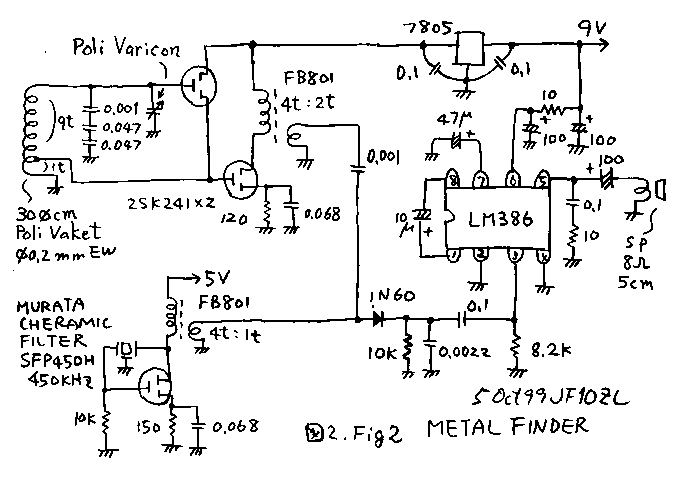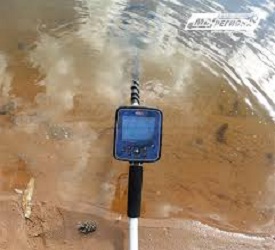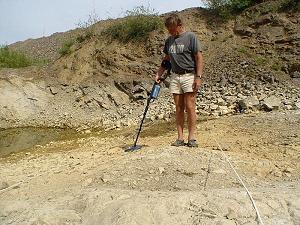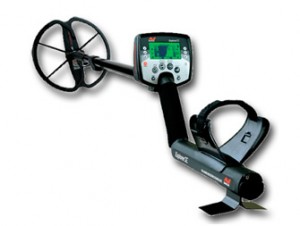What are false metal detection signals and why do they occur? In the category treasure hunting more articles and learn more information about What are false metal detection signals and why do they occur? Reviews Price Specifications Features Image manuals videos Accessories All this in metal detectors for gold.
Fake metal detector alarms don’t happen without a reason. Most often, false signals are caused by iron oxides that are naturally present in the soil. Soils with a high percentage of it are called highly mineralized.
For searching mineral soils, the ground balancing function will be useful. Some models ground balance automatically, while others need to be adjusted manually. Note that when moving from one place to another, soil mineralization often changes – sometimes your metal detector may need to be adjusted more frequently. The number of false alarms can also be reduced by reducing the sensitivity of the device.
Interference in the operation of the metal detector occurs due to nearby power lines and high-voltage pipes. The electrical noise rejection function helps avoid false signals when searching near these places.
Less common causes of fake detector alarms are wet dew, shoes and clothing with metal items, jewelry on the digger’s fingers, and other nearby metal detectors. When searching for relics with hobbyists, it is recommended to disperse at a distance of at least 3-5 meters from each other.
Minelab Equinox – False and faint signals
The size and shape of the object play an important role in the depth of the search. The larger the metal object, the deeper into the soil it can be “seen.” Flat, toroidal and toroidal objects are easier to detect at great depths – it’s all about increasing their conductivity. But rod-shaped objects or coins standing on the edge are difficult to recognize. Metal detectors “see” them at shallow depths.
Many novice diggers have a lot of questions about metal detectors. And you often have to search for answers to them little by little on different resources. We have selected the 10 most frequently asked questions about searching with a metal detector and will try to give detailed answers to them.
Related Articles
- Comparison Fisher Gemini 3 and Whites TM 808
- Loyal Assistant — metal detector
- Headhunter Pulse metal detector performance test
- Metal detector Minelab CTX 3030
- Mala Easy Locator IXM
- ajloun ancient cave & Ancient Greco Roman Ruins Of Jerash Jordan
- What we can find with a metal detector?
- SPECTRA gold detector
- JEOTEC 2012 METAL DETECTOR
- Can you find treasure with a metal detector?














